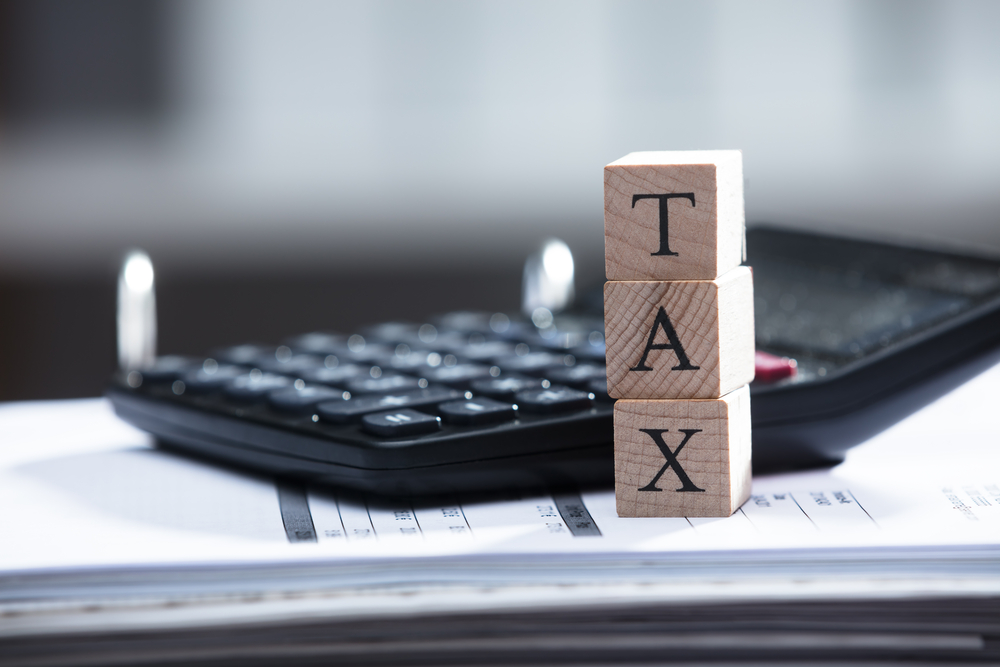Featured
It is crucial for people, particularly independent contractors, to think about their prospective capital gains and tax liabilities as the end of the quarter draws near. Maximizing tax savings and maintaining compliance with Internal Revenue Service (IRS) requirements need an understanding of the tax consequences of capital gains. Realizing capital gains and paying taxes provide specific difficulties for freelancers in particular. The significance of quarterly tax payments concerns for independent contractors will be discussed in this article, along with advice on navigating this challenging environment.
Calculating Tax
Calculating their exact tax due is one of the main problems that independent contractors face. Independent contractors get a 1099 form that details their revenue from numerous customers, as opposed to typical employees who receive a W-2 form. It is the freelancer’s responsibility to calculate and pay their own taxes, including self-employment tax, since this form does not have any withholdings made.
1099 taxes calculator
A 1099 taxes calculator may be used by freelancers to precisely calculate their tax liabilities. The estimate of a freelancer’s tax burden provided by this tool takes into consideration their income, spending, and other pertinent data. Freelancers may more effectively budget for their tax payments and steer clear of unpleasant surprises when it comes time to file their taxes by utilizing a 1099 calculator.

Self-Employment Tax
The self-employent tax is one important item freelancers must take into account. Independent contractors are not covered by payroll deductions for Social Security and Medicare taxes; instead, they are solely responsible for paying the employee and employer components of these taxes.
Independent contractors must ascertain their net self-employment income in order to compute the amount of self-employment tax they are obligated to pay. To achieve this, take their entire revenue and deduct their company expenditures. Self-employed individuals may compute their tax obligation by multiplying their net self-employment income by the self-employment tax rate. The self-employment tax is payable in addition to any income tax, which is a crucial distinction.
Estimated tax payments
Estimated tax payments are another important factor for independent contractors to think about. It is mandatory for freelancers to make anticipated tax payments on a quarterly basis to avoid penalties and interest because they do not have taxes deducted from their income. The freelancer’s anticipated annual tax obligation determines these payments.
Independent contractors may use IRS Form 1040-ES to determine their anticipated tax payment. By using this form, independent contractors may calculate their annual tax due by estimating their income, credits, and deductions. The amount freelancers must pay each quarter may be calculated by dividing this projected tax obligation by four.

Projected Tax Payments
To avoid underpayment fines, freelancers must make correct projected tax payments. Independent contractors must pay at least 90% of their taxes due in the current year or 100% of their taxes due in the previous year (or 110% if their adjusted gross income is more than $150,000), according to the IRS. There may be fines and interest associated with missing these projected tax payments, which might reduce any possible tax savings.
Planning carefully and taking into account all of the available credits and deductions is necessary to maximize tax savings for independent contractors. Home office costs, travel expenditures for work, and health insurance premiums are a few examples of frequent deductions. Furthermore, freelancers could be able to claim a 20% deduction from their qualifying company income under the qualifying company Income (QBI) deduction.
Freelancers should maintain meticulous records of their earnings and outlays all year long to be sure they are optimizing their tax benefits. Invoices, receipts, and any other pertinent paperwork must be kept up to date. Freelancers may lower their total tax obligation by substantiating their credits and deductions via good record-keeping.
Final Thoughts
Lastly, in order to optimize tax savings and guarantee adherence to IRS guidelines, freelancers must take into account quarterly tax implications while realizing capital gains. Freelancers may assess their tax burden with accuracy by using tools like a 1099 calculator. To prevent fines and interest, it is essential to comprehend the self-employment tax and make projected tax payments on time. Freelancers may further lower their tax obligation by properly planning and taking credits and deductions into consideration. For freelancers to successfully navigate the complicated world of quarterly tax concerns, knowledge is ultimately the key to being proactive and educated while handling tax responsibilities.
Image Credit: depositphotos.com






























